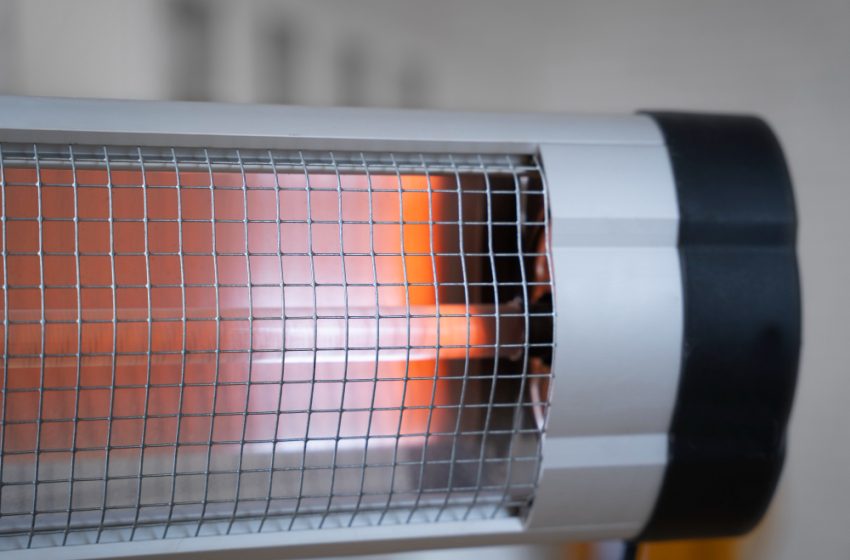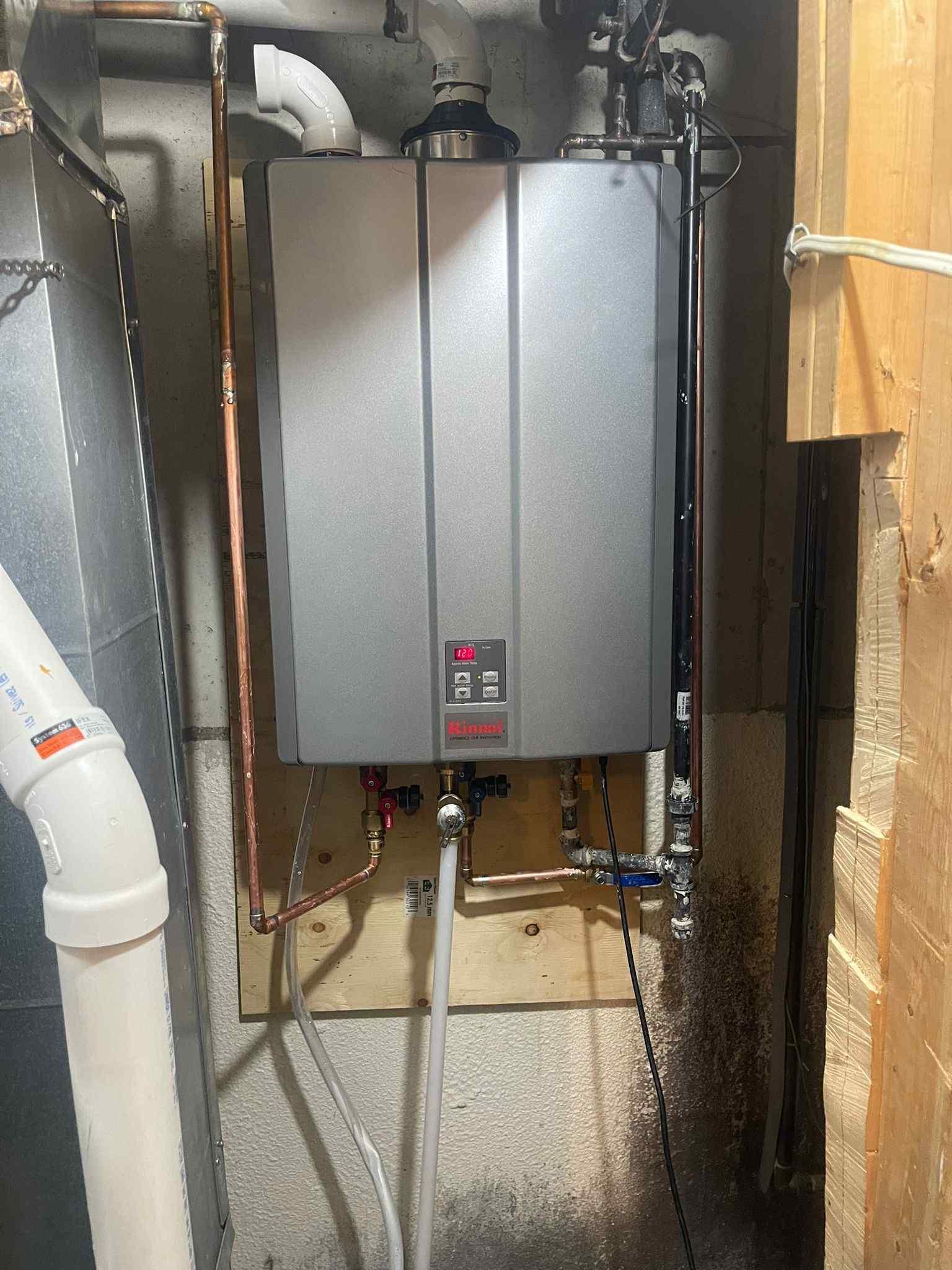Why Regular Furnace Maintenance Saves You Money

Your furnace is a vital part of keeping your home comfortable during the colder months, but it can also be a significant source of expense if not properly maintained. Regular furnace maintenance not only ensures reliable performance but also helps save money in several key ways. Let’s explore how investing in routine upkeep can benefit your wallet in the short and long term.
1. Prevents Costly Repairs
Regular maintenance allows HVAC technicians to identify and fix small issues before they turn into costly breakdowns. Neglecting minor problems, such as a loose belt or a clogged filter, can lead to more significant damage to components like the blower motor or heat exchanger.
- Example: Replacing a furnace filter costs around $10–$30, but neglecting it could result in a $400 repair for a damaged blower motor.
- Long-Term Savings: Maintenance reduces the chances of emergency repairs, which are often more expensive than scheduled service.
2. Extends Furnace Lifespan
A well-maintained furnace can last 15–20 years, while a neglected system may fail after just 10 years. Regular cleaning, lubrication, and part replacements reduce wear and tear, helping your furnace run efficiently for longer.
- Savings: Replacing a furnace can cost $3,000–$7,000, so extending its life by even a few years saves you thousands of dollars.
3. Improves Energy Efficiency
A dirty or poorly maintained furnace works harder to heat your home, which increases energy consumption. Regular maintenance ensures that all parts are operating efficiently, leading to lower utility bills.
- Energy Savings: A well-maintained furnace can operate up to 30% more efficiently than one that’s neglected.
- Example: If your monthly heating bill is $200, improving efficiency by 20% could save you $40 per month during peak seasons.
4. Reduces Emergency Service Costs
Emergency repairs often come with higher costs due to after-hours service calls. Regular maintenance minimizes the risk of your furnace breaking down when you need it most.
- Example: A routine service call typically costs $100–$200, while emergency repairs can easily exceed $500–$1,000.
5. Protects Your Warranty
Many furnace manufacturers require proof of annual maintenance to keep the warranty valid. Neglecting maintenance could void your warranty, leaving you to pay out-of-pocket for repairs or replacements that might have been covered.
- Savings: A valid warranty can cover significant repair costs, such as replacing a heat exchanger, which can cost $1,000–$2,000.
6. Improves Safety
Regular maintenance includes checking for potential safety hazards, such as gas leaks, cracked heat exchangers, or carbon monoxide emissions. Preventing these issues keeps your family safe and avoids costly emergency interventions.
- Peace of Mind: Investing in maintenance ensures your furnace operates safely and efficiently.
7. Optimizes Performance During Peak Seasons
A furnace breakdown in the middle of winter can lead to more than just repair costs—it can also result in higher energy bills as your system struggles to keep up. Regular maintenance ensures your furnace is prepared to handle peak usage without driving up costs.
What’s Included in a Furnace Maintenance Service?
During a maintenance visit, an HVAC professional typically:
- Inspects and cleans components like the blower motor, burners, and heat exchanger.
- Replaces or cleans air filters.
- Checks thermostat settings and calibrations.
- Tests for gas or carbon monoxide leaks.
- Lubricates moving parts to reduce wear and tear.
The Cost of Furnace Maintenance vs. Repairs
| Service | Estimated Cost | Potential Savings |
|---|---|---|
| Annual Maintenance | $100–$200 per visit | Avoids $500–$2,000 in repairs |
| Emergency Repairs | $500–$1,500 per issue | |
| Furnace Replacement | $3,000–$7,000 |
Conclusion
Regular furnace maintenance is a small investment that delivers significant savings by preventing costly repairs, improving energy efficiency, and extending the lifespan of your system. It’s also essential for ensuring your family’s comfort and safety during the colder months.


